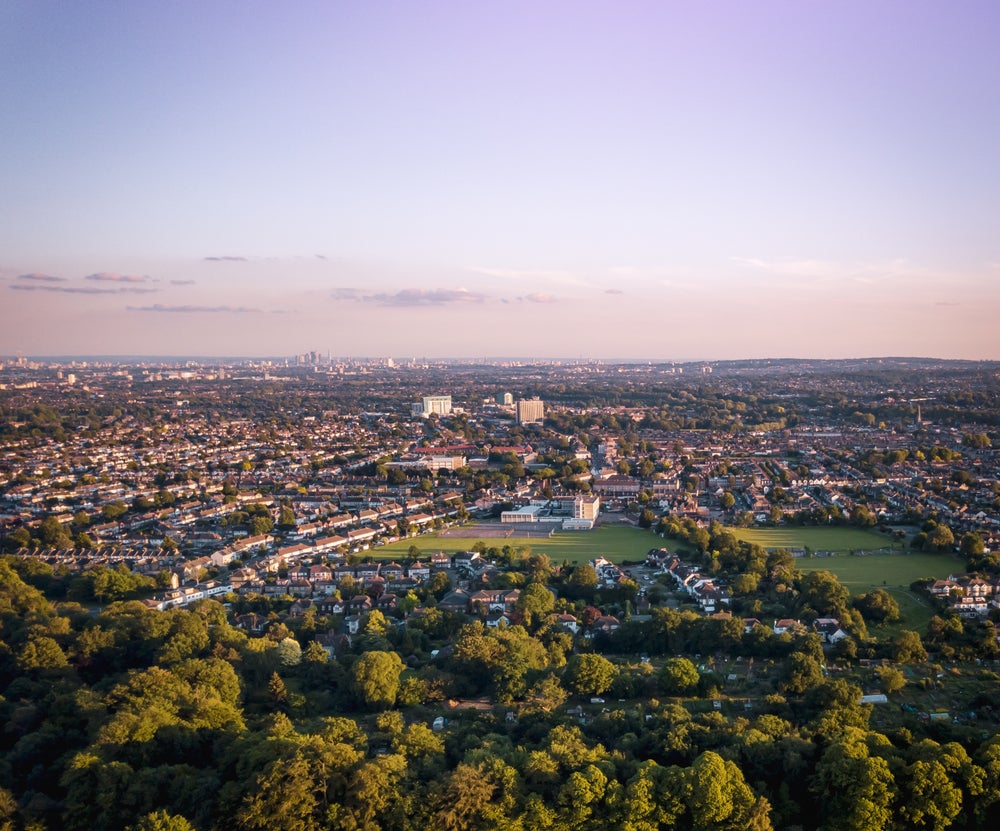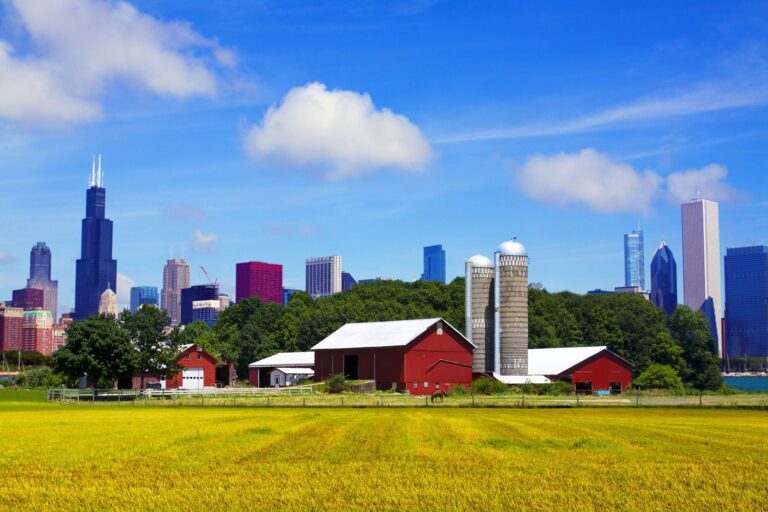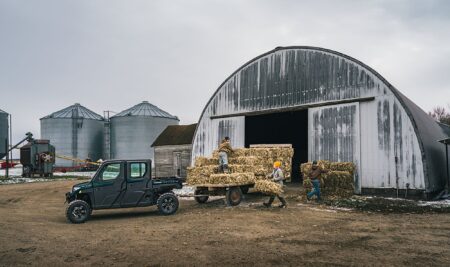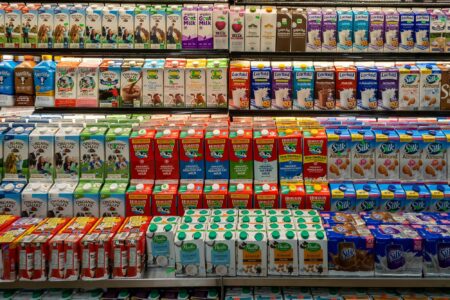A new study suggests that, in the case of global catastrophe, urban agriculture alone could sustain only about one fifth of the population of a temperate, median-sized city, but the whole city could be fed by also farming land within a short distance of the urban area.
Matt Boyd of Adapt Research Ltd, New Zealand, and Nick Wilson of the University of Otago, New Zealand, present these findings in the open-access journal PLOS One.
Abrupt global catastrophes — such as nuclear wars, extreme pandemics, or solar storms — could severely hamper global trade. Shortages of resources like liquid fuels could disrupt food production and transport, possibly leading to famine. Prior research has suggested that this impact could be mitigated by urban agriculture, which includes such approaches as home, community, and rooftop gardens.
However, there is limited broad-scope research on this topic. To deepen understanding, Boyd and Wilson calculated estimates of the potential for urban and near-urban farming to meet the post-apocalyptic needs of Palmerston North, New Zealand, a median-sized city in a temperate climate that is fairly representative of many cities worldwide.
Using Google Earth image analysis, the researchers estimate that urban agriculture alone could only feed about one fifth of Palmerston North’s population. However, farming at least 1,140 hectares of additional near-urban land could ensure food security for the entire city. Dedicating another 110 hectares to biofuel production could also cover the city’s fuel needs for agricultural machinery.

The analysis suggests that, under a normal climate, peas are the best urban agriculture crop for maximizing protein and calories while minimizing land requirements. In scenarios of nuclear winter — global cooling caused by large-scale nuclear war — sugar beets and spinach are the frontrunners. Optimal near-urban crops are potatoes in a normal climate, and wheat and carrots in nuclear winter.
This study’s methods could be applied by other cities to assess their own food security and inform preparations to boost resilience in case of global crisis.
Lead author Dr. Matt Boyd, of Adapt Research, adds: “During a global catastrophe that disrupts trade, fuel imports could cease, severely impacting the industrial food production and transportation systems that keep our supermarket shelves filled. To survive, populations will need to dramatically localize food production in and around our cities. This research explores how we might do that.”
“Success depends on integrating food production into urban areas, protecting and making ready near-urban land, building local food processing infrastructure, ensuring seed availability and integrating food into our national security policy framework.”


:max_bytes(150000):strip_icc()/WheatField-CloseUp-2000-bc79406da4004a2d94bcb2c32153cc3a.jpg)
:max_bytes(150000):strip_icc()/102382793_soybeans-1a81c6603895423a8c6518aeefaa2b19.jpg)
:max_bytes(150000):strip_icc()/48671043887_7bb824daff_o-ea6663a7cacb4a7fa70d7b9a5af1f1fa.jpg)





:max_bytes(150000):strip_icc()/WebMedium_JPG-2025-orv-family-image-00307-27c767eba092415c9f7b4751603e7840.jpg)